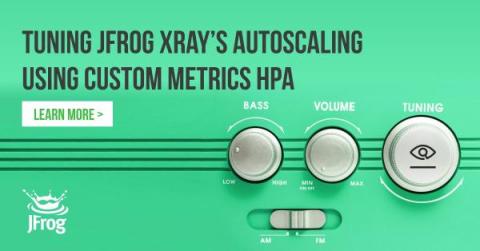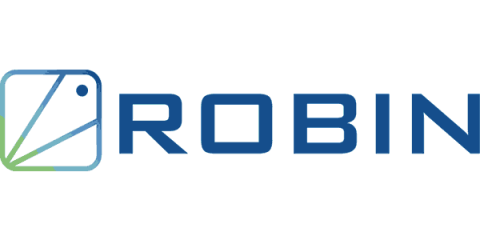Kubernetes for the JavaScript Developer - Part One - Create a Docker Image
Since its introduction in 2014 to the world, Kubernetes has been helping usher in the next generation of distributed workloads. As workloads started to be containerized, so did the need to manage the containers, thus the inception of container orchestrators. There have been a few container orchestrators out there before Kubernetes such as Docker Swarm and Apache Mesos. Though as a feature developer, Kubernetes can certainly feel like an 800-pound gorilla in the room.











